Roy H. Boehm was a decorated veteran with a 30-year career in the United States Navy. He served in three wars and various covert operations, rising through the ranks as a “mustang” officer. He was appointed to develop and lead the elite U.S. Navy SEALs as the inaugural Officer In Charge of SEAL Team Two. The remarkable life story of LCDR Roy Boehm would make for a compelling film. It would require an actor of John Wayne’s caliber to accurately portray Boehm’s character, as no one else could come close.
Career
Roy’s story is a remarkable one. He was born on April 9, 1924, in Brooklyn, NY. He joined the naval service as an enlisted man in April 1941 and saw action in World War II. He fought in the Pacific theater of operations from February 1942 until the war’s conclusion in 1945. He survives one of the most extensive “all surface” sea engagements, The Battle of Cape Esperance at Guadalcanal. While onboard the destroyer Duncan (DD 485), the ship received 58, 8″, and 6″ shell hits at point-blank range before going down.
He also participated in the following campaigns and engagements: The Battle of Coral Sea, Bougainvillea, Turk, Green Island, Emery, Saipan, Tinian, and Guam. He also supplied ammunition to the guerrillas in the Philippines and saw action in Kerama Reto and Okinawa. He also saw action in the Korean conflict and in Vietnam, where he served four tours; he helped develop and implement many of the war’s most successful counterinsurgency tactics.
In early 1960, after receiving his commission, Roy Boehm developed, designed, implemented, and led the U.S. Navy’s commando organization, known as the Navy SEALs. He served as the first Officer in Charge (OIC) of SEAL Team Two and personally selected the initial members, including Rudy Boesch as master-at-arms and J. H. “Hoot” Andrews as a storekeeper.
During the formation of the SEALs, Boehm faced a Board of Inquiry five times (but was never court-martialed) for offenses such as modifying issued gear (high-altitude parachutes and diving rigs) to suit the SEALs’ needs and purchasing weapons, such as AR-15s, on the open market instead of going through official channels or the Navy’s Bureau of Weapons.
The investigations were dropped after he received authorization from President John F. Kennedy following Kennedy’s visit to the Little Creek training area to witness the SEALs in action. Boehm’s concept for a Naval commando unit dates back to his experiences in the Pacific during World War II. He envisioned highly motivated and highly trained warriors, like the Frogmen and UDTs, operating beyond the beachhead.
He believed that his men should have a wide range of training, giving them an edge in unconventional warfare beyond diving, shooting, demolitions, martial arts, and parachuting. He expanded the curriculum to include photography, intelligence gathering, and sailing. He even sent SEALs to train in prisons to learn skills such as lockpicking, safecracking, and hotwiring cars from professional criminals.
The first officer in charge of SEAL Team Two
In the early 1960s, under a Presidential Two priority issued by President John F. Kennedy, Roy Boehm created, designed, and implemented the U.S. Navy’s Commando organization, known as SEALs. He also served as the inaugural Officer in Charge (OIC) of SEAL Team Two.
He played a key role in designing and implementing the Navy’s first counterinsurgency course and was awarded the Navy Achievement Medal for his efforts. Subsequently, he was appointed head of the Navy’s River Patrol Craft Division. He developed tactical procedures, and organized and trained River Patrol Boat sailors for Operation Gamewarden in Vietnam.
Education
Roy Boehm possessed a range of specialized qualifications, including unlimited deep-sea diving, operation of deep submergence rescue chambers for submarine rescue, experimental diving, and salvage diving. He was certified as an Underwater Demolition Expert and served as a test pilot for underwater swimmer propulsion units. Additionally, he graduated from Airborne and Ranger training. LCDR Boehm was authorized to wear 24 medals and awards. He and Chuck Sasser were collaborating on his autobiography, tentatively titled “The First SEAL.”
Death
Roy Boehm passed away on December 30, 2008, at 84, in Punta Gorda, Florida. According to his wife, Susan, he desired his death to go unannounced. She stated, “He wanted no obituary, funeral service, and fanfare. He just wanted to go in peace.” On August 19, 2009, President Barack Obama signed Public Law No. 111-59 (H.R. 2470), sponsored by Congressman Tom Rooney, officially named the Murdock Post Office in Port Charlotte, Florida, in the county where Boehm lived, in his honor.
To designate the facility of the United States Postal Service located at 19190 Cochran Boulevard FRNT in Port Charlotte, Florida, as the “Lieutenant Commander Roy H. Boehm Post Office Building”
Public Law No. 111-59, enacted August 19, 2009
Meeting Roy Boehm
The following text, which was previously published in The Brown Water Log, details the author’s personal interaction with Roy Boehm.
I have had the privilege of meeting many upright, honest, and truly honorable men throughout my life, but none compare to my encounter with Roy at the Norfolk reunion. For those who were unable to attend the Virginia Beach reunion, let me tell you a bit about him.
One of the first things Roy shared with me was, “I never lie; that way, I don’t have to remember what I have said.” He also mentioned “that he tried not to know any of you guys personally, do my job correctly, or well enough, possibly a lot of you would not come back” (he had been there four times).
Undoubtedly, he is one of the most down-to-earth individuals I have ever met. In his typical fashion, he attributed the success of NIOTC to the fact that he was receiving weekly and sometimes daily reports from the sailors in the country on “Charlie’s” tactics and devised a solution to counter them within hours. Of course, he gave credit to the sailors on the rivers and canals. He also shared that the main thing he tried to instill in us was to “react within the first two seconds of a firefight, get all guns blazing, and you would probably make it through it.”
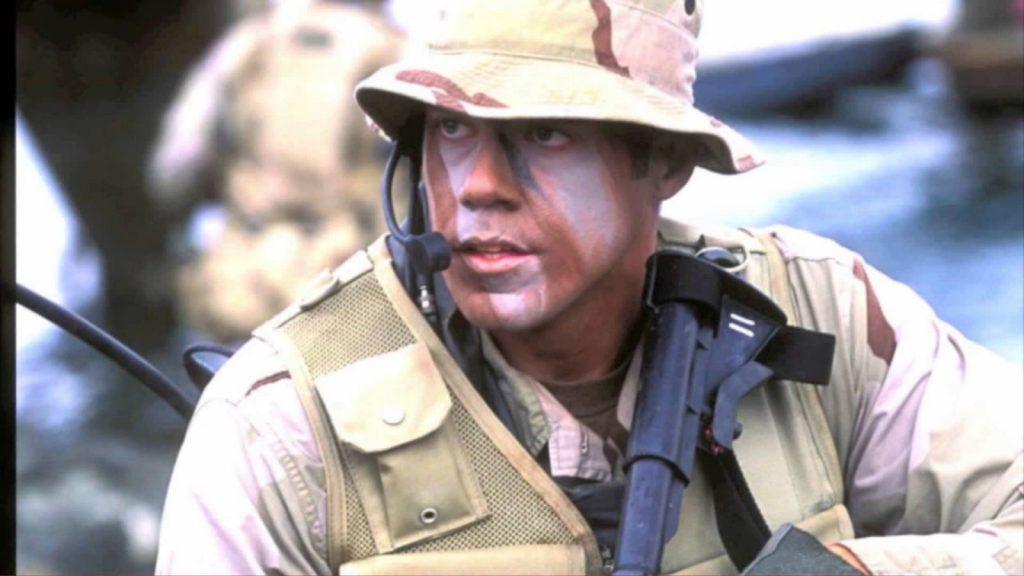
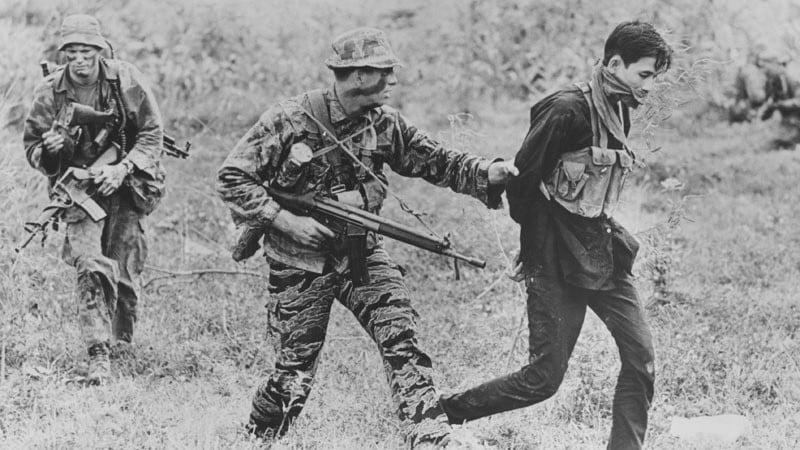
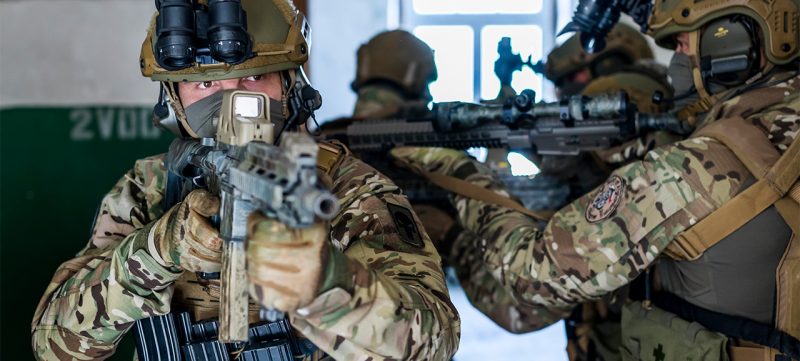
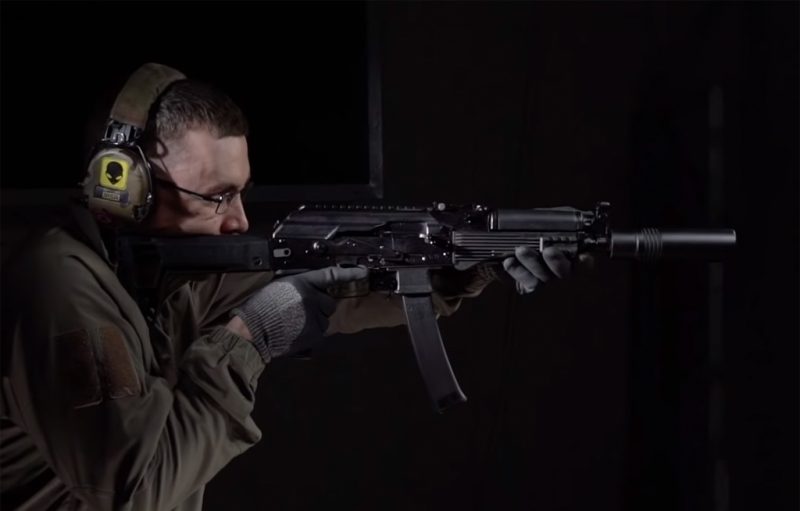
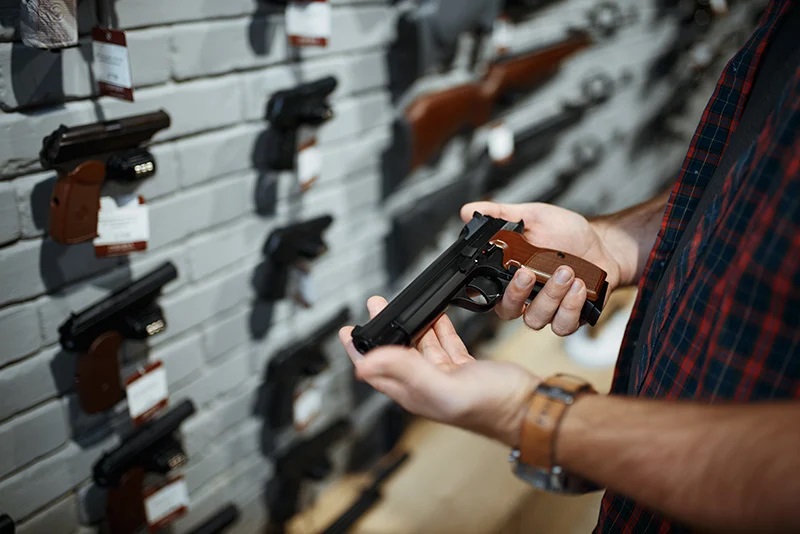
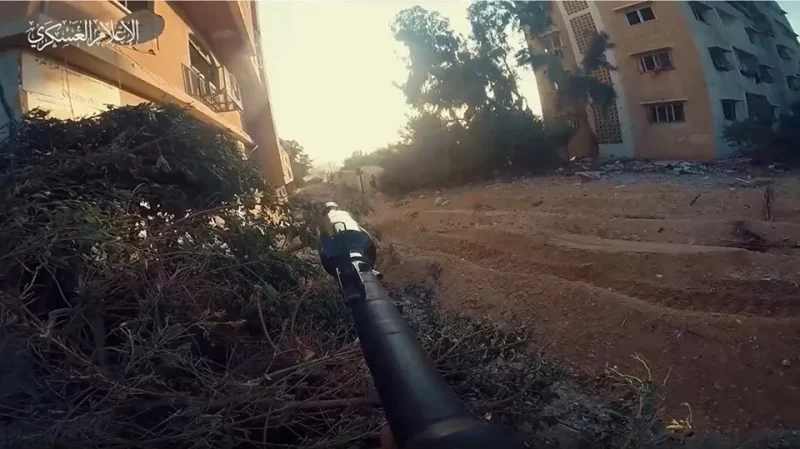
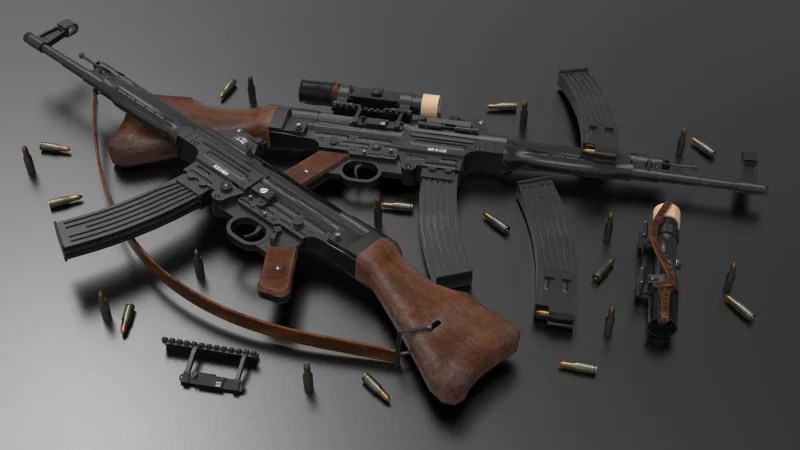
A True Hero. Thanks for the quality and informative article.